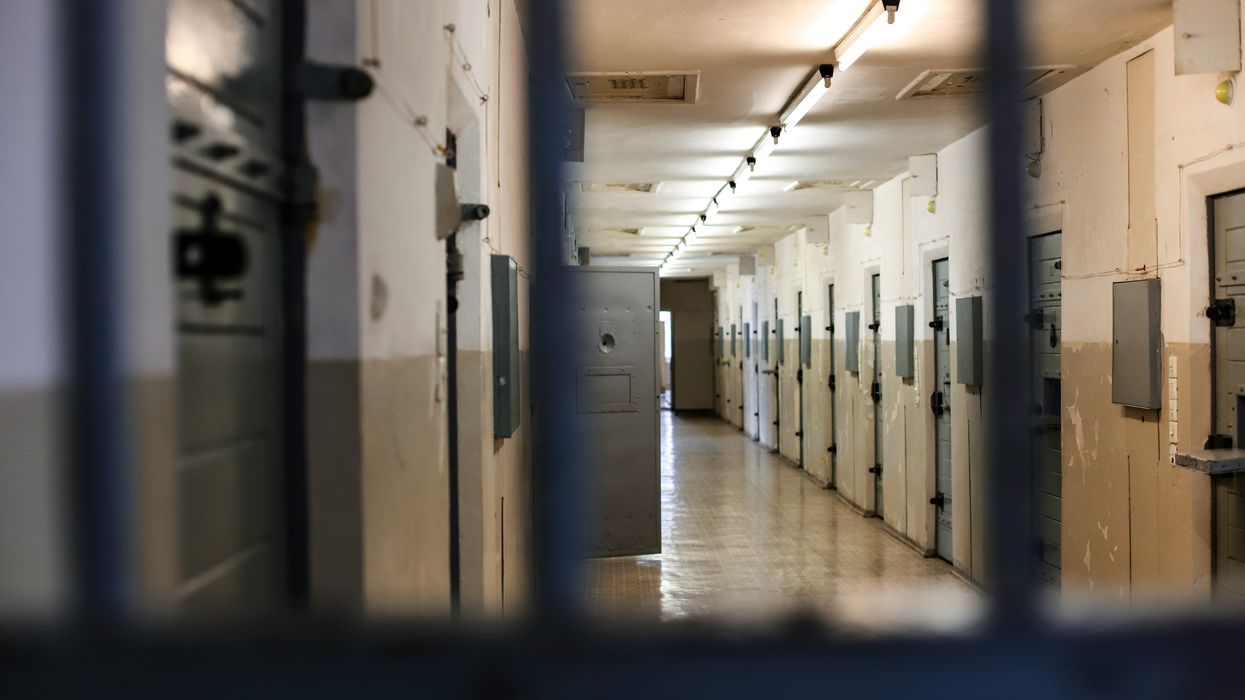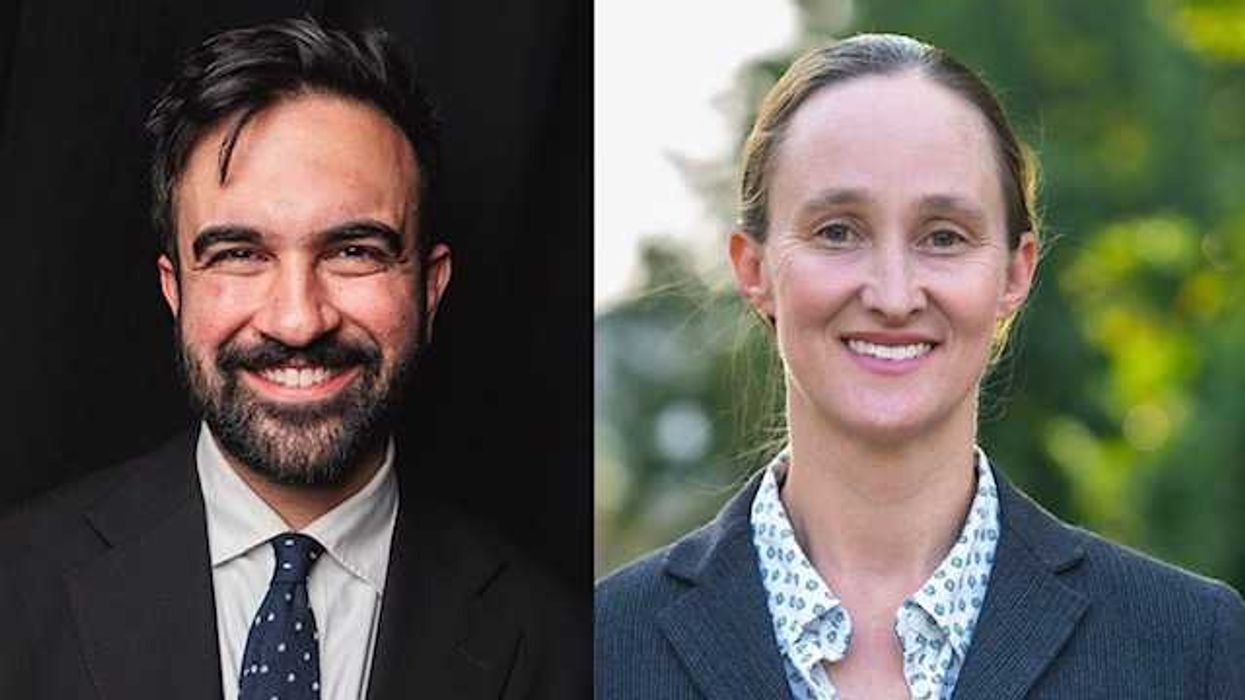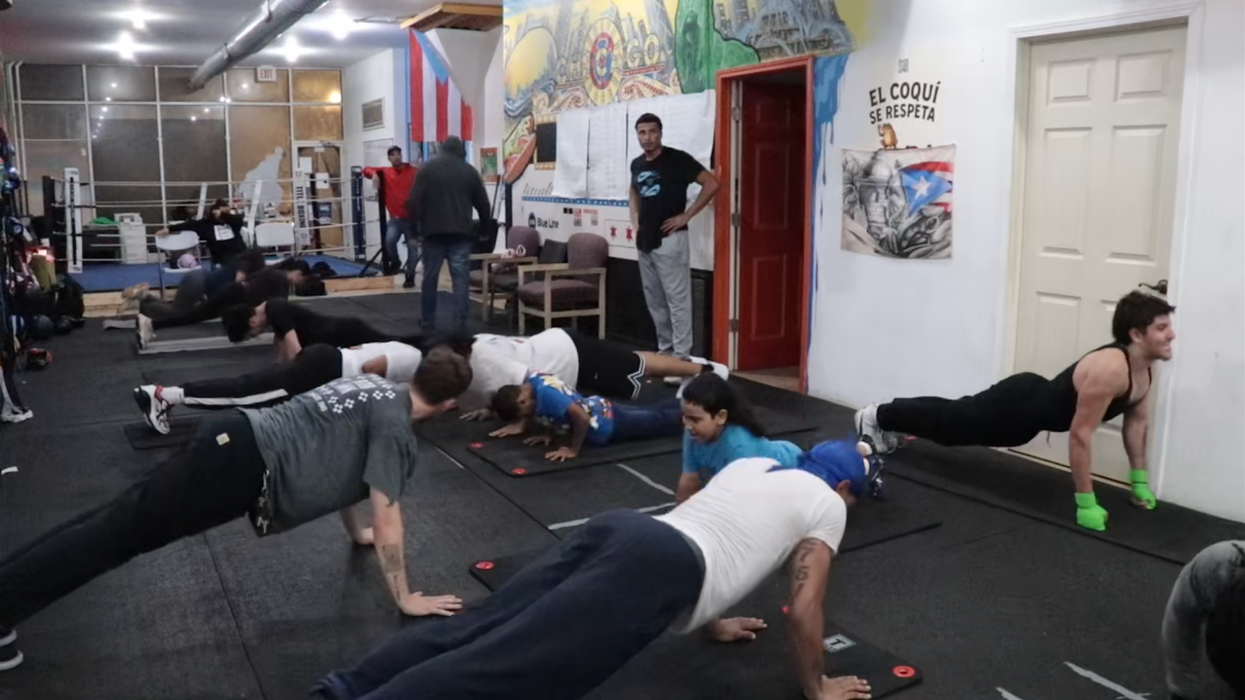The U.S. prison system faces criticism for its failure to effectively rehabilitate incarcerated individuals, contributing to high recidivism rates. While some programs exist, they are often inadequate and lack sufficient resources, with many prisoners facing dangerous conditions and barriers to successful reintegration.
Alexis Tamm investigates, in a two-part series, the problems and responses to the significant obstacles recently released individuals face.
When Evie Litwok was released from prison at age 63, she was homeless, jobless, penniless, and given nothing but a Greyhound bus ticket home to New York. Her experience was not unique; most formerly incarcerated individuals in the U.S. are left with nothing and have no means to successfully start their lives again.
The U.S. has the highest incarceration rate among all independent democracies in the world, with an estimated two million people behind bars. But it also has an alarmingly high recidivism rate—a direct result of the lack of resources for formerly incarcerated and system-impacted individuals. Over 50% of formerly incarcerated individuals are reincarcerated within three years of their release, while 82% were arrested again at least once by the ten-year mark.
Those incarcerated in the U.S. face numerous barriers to reentry, preventing them from being able to build stable and successful lives, despite state-sponsored reentry services meant to facilitate the process. Formerly incarcerated individuals are ten times more likely to be unhoused compared to the general American population, and as a result, more likely to face reincarceration for survival behaviors associated with homelessness, such as sleeping in public places or evading transit fees. Numerous legal barriers limit those with a criminal history from obtaining public housing, as do discrimination, bias, and lack of affordability in the private housing market. Twenty-one states impose limitations on receiving SNAP benefits, or food stamps for low-income families, for those with drug-related criminal convictions, fueling food insecurity. And finding a job is no easy task; over 40,000 state and federal collateral consequences limit employment opportunities for formerly incarcerated individuals, namely by restricting employers from hiring them and limiting their access to occupational and business licenses.
The LGBTQ+ community is a particularly vulnerable target of the criminal justice system. Gay, lesbian, and bisexual individuals are more than twice as likely to be arrested as their straight counterparts, and are incarcerated at three times the rate of straight people. They are also overrepresented in prisons and jails and on probation and parole, forced to serve longer sentences, and significantly more likely to be victimized by both staff and other inmates. Trans individuals also suffer disproportionately, as an estimated 1 in 6 trans people have been incarcerated, which includes almost half of all Black trans people in the country.
Litwok openly identifies as lesbian, for which she was targeted during her time in prison. Now, she is dedicated to helping system-impacted women and LGBTQ+ individuals—those who have been either directly or indirectly affected by the criminal justice system. “Because they face such horrific conditions when they are inside, and they are often released home, where they have even fewer resources than everyone else. This is something I know from personal experience,” Litwok said in an interview with The Good People Fund. “We are constant targets—especially transgender women and especially Black transgender women. We are targeted before we go into prison, we are targeted inside, and we are targeted once we are out.”
Her nonprofit, Witness to Mass Incarceration (Witness), is based in New York City and helps vulnerable populations, namely formerly incarcerated and system-impacted individuals and the LGBTQ+ community. Witness strives to build economic independence and reduce recidivism through numerous initiatives, including its latest program, the Art of Tailoring.
“We’ve started a vocational school, the first program being the Art of Tailoring, because there are some formerly incarcerated people with talent that don’t have the means, or the resources, or the know-how to start a business,” Litwok said. In collaboration with the Queens Economic Development Corporation and the Hetrick-Martin Institute, Witness launched the Art of Tailoring in 2024 with a four-year grant from the Department of Justice. The program aims to establish a “self-sustaining economic model” in which individuals impacted by the system are taught skills in tailoring, fashion design, entrepreneurship, and business fundamentals.
“We have about twenty 18-24 year old LGBT, system-impacted, mostly homeless kids that are in this class,” Litwok said. “A lot of them are in the shelter system waiting to get housing.” She interviewed about 50 eligible young adults found through HMI, selecting an initial class of 25 to form the Art of Tailoring’s inaugural cohort.
During the two-year program, participants begin with a six-month pre-apprenticeship program that teaches essential skills in sewing and tailoring. The following twelve-month apprenticeship program shifts its focus towards entrepreneurship and will coach students on how to develop their own personal brand. The final six months comprise the incubator program, which provides more advanced entrepreneurship training in areas such as business growth, marketing strategies, and industry networking. The class meets every Monday at Witness’s MakerSpace in Queens, with the option for students to attend during the rest of the week to work on their projects.
By fostering economic independence and a sense of empowerment and self-worth among its students, The Art of Tailoring strives to help them build stable and successful lives—and demonstrate how supporting such resources can eliminate recidivism entirely.
In Part 2, Alexis explores how a program is not only personally transformative for its participants, but it has the potential to fuel revolutionary change in how the U.S. addresses recidivism and reentry.
Alexis Tamm is a senior at Georgetown University. An avid writer and aspiring journalist, she is passionate about solutions-focused reporting and driving change through storytelling.
Alexis was a cohort member in Common Ground USA's Journalism program, where Hugo Balta served as an instructor. Balta is the executive editor of the Fulcrum and the publisher of the Latino News Network.
The Fulcrum is committed to nurturing the next generation of journalists. Learn more by clicking HERE.



















 (Yes, I created this with
(Yes, I created this with












